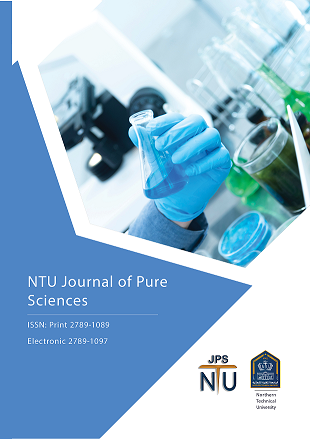Some Pro-inflammatory Cytokines Levels in Staphylococcal infection
DOI:
https://doi.org/10.56286/5r0m1m83Keywords:
Staphylococcus, TNF-?, IL-6, Oxacillin, SalivaAbstract
Staphylococci is gram-positive, spherical cells, they are commonly distributed in the environment often part of normal human flora. Staph. aureus, Staph. saprophyticus, and Staph. epidermidis are the three most significant clinically important pathogens. Cytokines are small secreted proteins (<40 kDa), which are produced by nearly every cell to regulate and affect immune response (96). Proinflammatory cytokines are proteins that have been associated with cell proliferation, differentiation, and changes in gene expression, and synthesis of matrix proteins important to cell growth and tissue repair, these proteins are often released in a cascade, where an initial release of TNF is followed first by IL-1 and then by IL-6. 110 clinical samples include 110 throat swap and 60 saliva samples were collected from tonsillitis patients in Kirkuk of both gender and different age groups. Sterile cotton swab were used for throat swab and sterile container for saliva collection. The results showed that Staphylococcus aureus scored highest percentage (59%), followed by Staph. hemolyticus (15%) compared to Staph. epidermidis that scored lowest percentage (2.4%). A sensitivity test was carried out for all bacterial isolates, Staphylococcus spp. showed high resistance to Cefotoxin (, Benzyle-pencillin (, Ampicillin-Sulbactam(, Oxacillin (, Ceftriaxone (, and Erythromycin(, while Staphylococcus spp. showed high sensitive to Linezolid (100%), Teicoplanin (100%), Vancomycin (100%), and Rifampicin (100%). Staph. aureus scored high mean levels at IL-6 (14.51±13.1 ng/L) compared with other Staphylococcus spp. (0.52±0.1 ng/L), while Staph. aureus scored (90.47±77.79 pg/ml) compared with other Staphylococcus spp. (113.0±79.9 pg/ml).
Downloads
Downloads
Published
Issue
Section
License
Copyright (c) 2024 NTU Journal of Pure Sciences

This work is licensed under a Creative Commons Attribution 4.0 International License.
The journal applies the license of CC BY (a Creative Commons Attribution 4.0 International license). This license allows authors to keep ownership of the copyright of their papers. But this license permits any user to download, print out, extract, reuse, archive, and distribute the article, so long as appropriate credit is given to the authors and the source of the work. The license ensures that the article will be available as widely as possible and that the article can be included in any scientific archive. Creative Commons License This work is licensed under a Creative Commons Attribution 4.0 International License.





